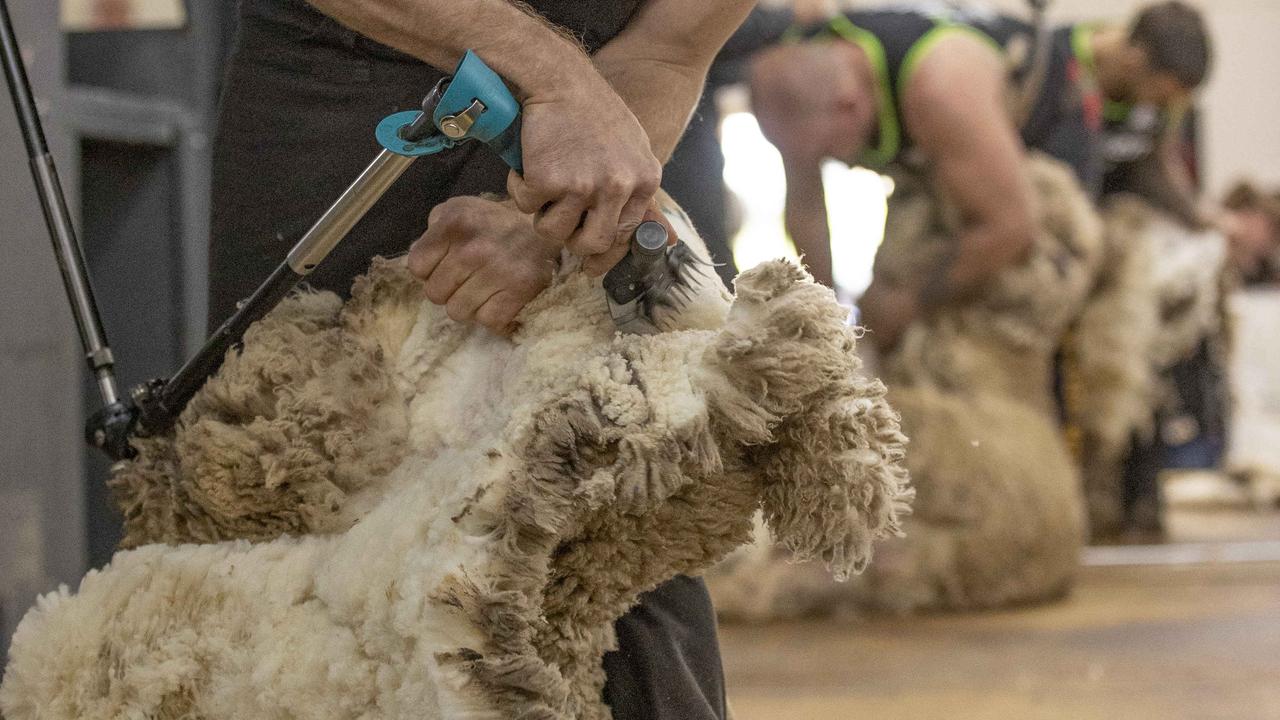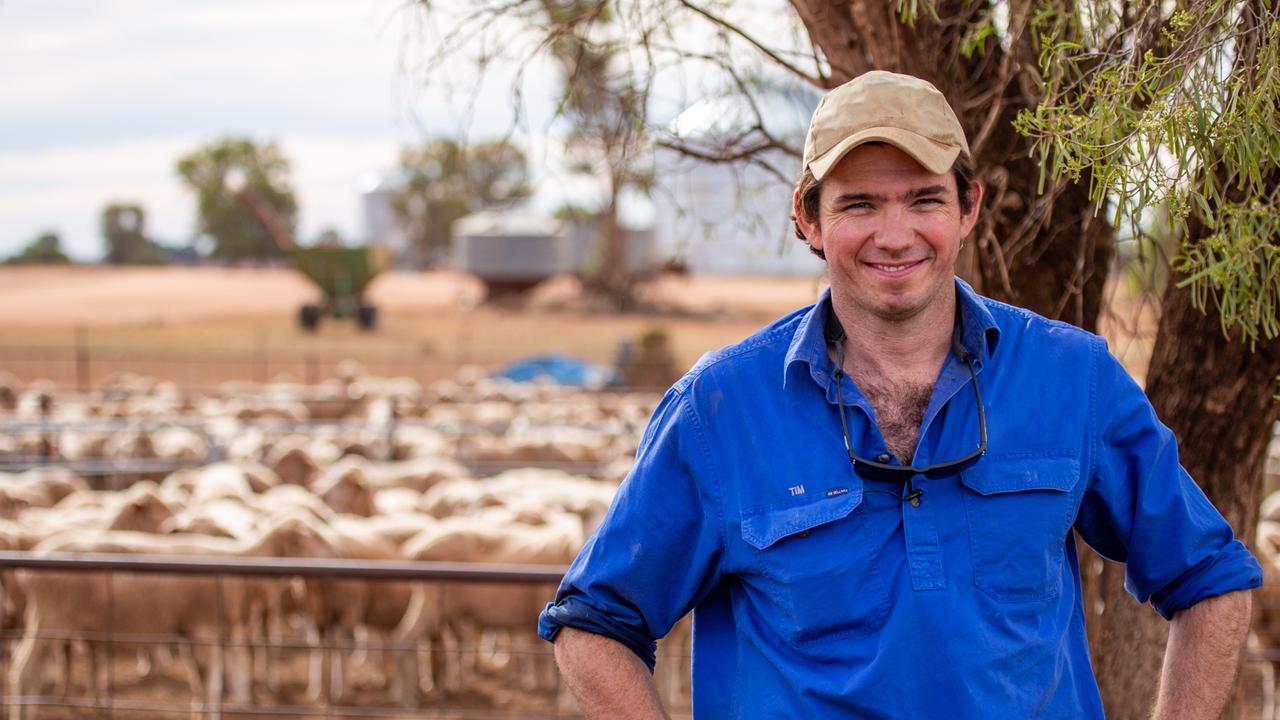Why paying more for a bull will likely pay off this season
Price rises of up to 30 per cent are possible at the upcoming autumn bull sales — but that still might represent a very good investment.

CATTLE producers wanting the pick of bull catalogues this autumn should brace themselves for a big spend, with market analysts predicting the record incomes from calf sales will flow into stud genetics.
Price rises of up to 30 per cent could be possible for bulls if the full extent of the jump in steer and heifer prices achieved at this year’s January sales are reinvested into bull power.
“If there was ever going to be enthusiasm among breeders to invest in their herds it is now,’’ said Robert Herrmann, market analyst with Mecardo.
“We have the season and we have high cattle prices, and we know that in good times farmers do invest in their business and it is a sound thing to do.’’
On paper it is not a big call to suggest bull prices will lift on the back of booming money for beef and the rush to rebuild herds and join more females.
However, some agents and stud masters are more reserved about the outlook, noting that bull
values reached record levels in spring last year and that herd numbers are still low meaning some properties won’t need bulk numbers of new sires.
“There is no doubt that people who sold calves will have more money to spend, but at the same time it has hard to see bulls going to another level after what the industry seen in the spring,’’ said Elders Albury livestock manager Matt Tinkler.
There were record results posted for bull sales across all bull breeds across spring bull sales in 2020, with a lift of average price lifted by $1000 or more at many of the top profile studs.
Many studs recorded average prices of $10,000 or more.
Banquet Angus Mortlake breeder Stephen Branson mused about the prospect for bulls as
he watched weaners sell for record money at Hamilton in January.
The Banquet stud posted a top of $41,000 and an average of $15,354 for a catalogue of 31 sires sold in September last year.
He said while it was big money, he had been buoyed by the feedback from a client who had paid $16,000 for a bull and had later described it as “cheap’’ in relation to what he had been selling calves for.
“He paid $16,000 and said it was one of the cheapest bulls he had bought,’’ Mr Branson said. “If you work on the theory of 10 calves covering the cost of a bull, and the price of steers and heifer weaners have lifted by $600 to $700, then it is possible for bull values to lift by $6000 to $7000,’’ he said.
Mr Herrmann provided The Weekly Times with broad figures around a case study of the
Hamilton Calf sales.
He said steer and heifer averages at these sales had lifted by 34 per cent, or by $600 to $700 in round figures.
“And I think you could see a similar rise for bulls,’’ he said.
“What is being recognised is producers are now being rewarded for quality and the top bulls I believe will make a lot more money.”
While there is a big price spread for bulls depending on a stud’s profile and genetics, data collected from last year’s bull auctions suggested the main breeds of Angus, Hereford and Charolais were averaging around $8000 each when all results were calculated.
A 30 per cent rise on an $8000 bull is equivalent to an extra $2400, which is equal to the income from 1.3 weaner calves on a value of $1700 each.
To go up the scale, on a bull average of $15,000 a 30 per cent increase is equivalent to $4500 or 2.6 calves.
Injemira Herefords Holbrook stud breeder Marc Greening said he wasn’t convinced
autumn’s bull sales would show dramatic prices rises due to the sell-off of cows that had occurred in the spring, as farmers cashed-in stock on the high beef market.
“Cow numbers are significantly down, and that could balance out demand for bulls,’’ he said.
“As an example I visited a client recently who had purchased six bull last year and only needs one this autumn after selling a lot of cull cows as the money was so good.
“People who need bulls will have more money to spend, no doubt, but it could be balanced out by the lower female numbers out there.’’
MORE


